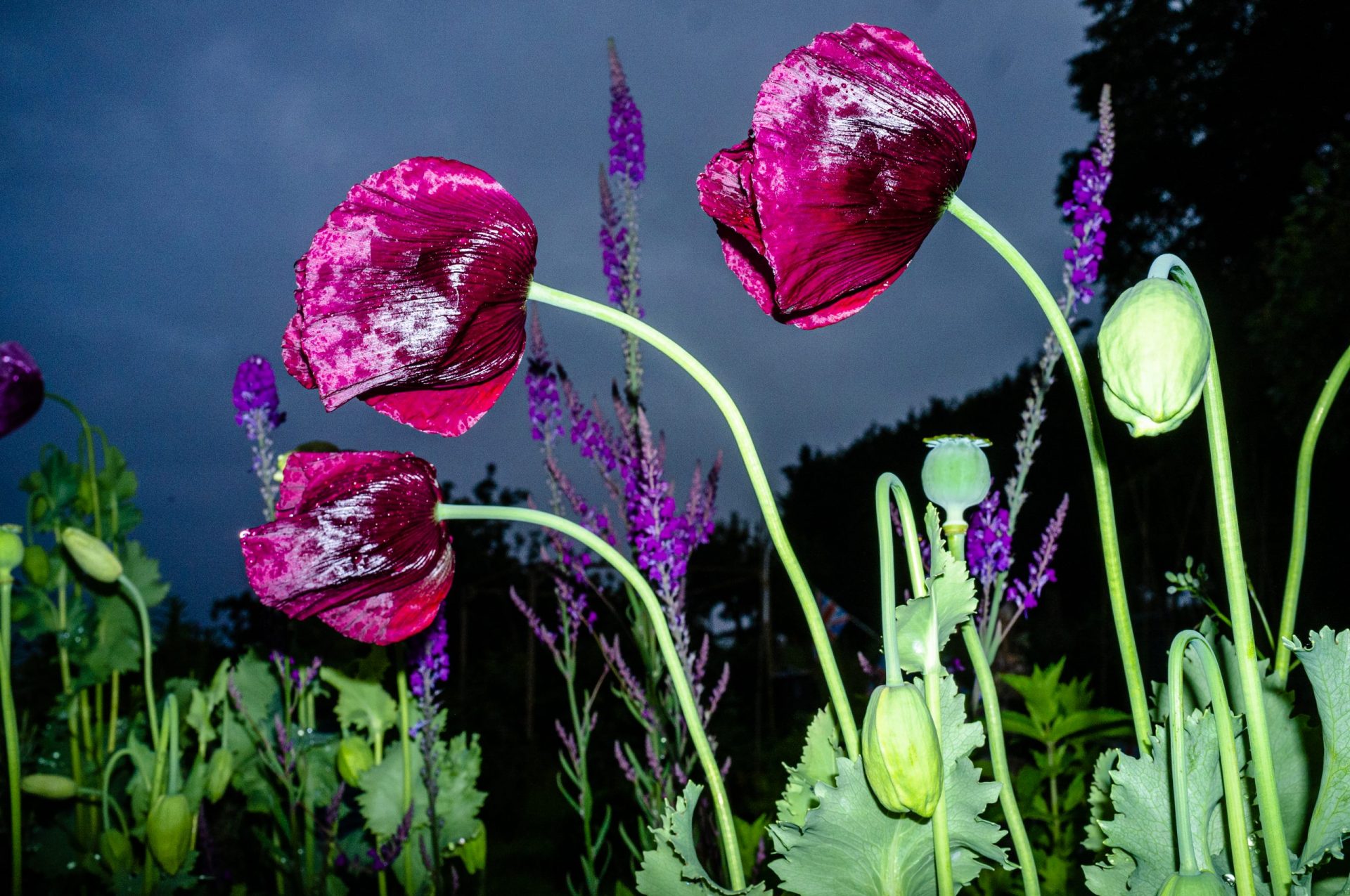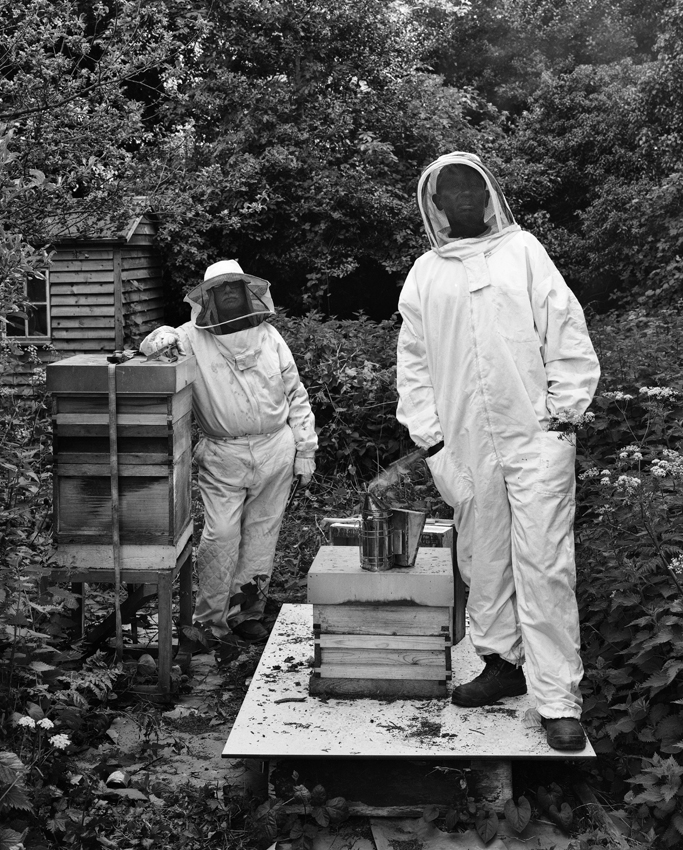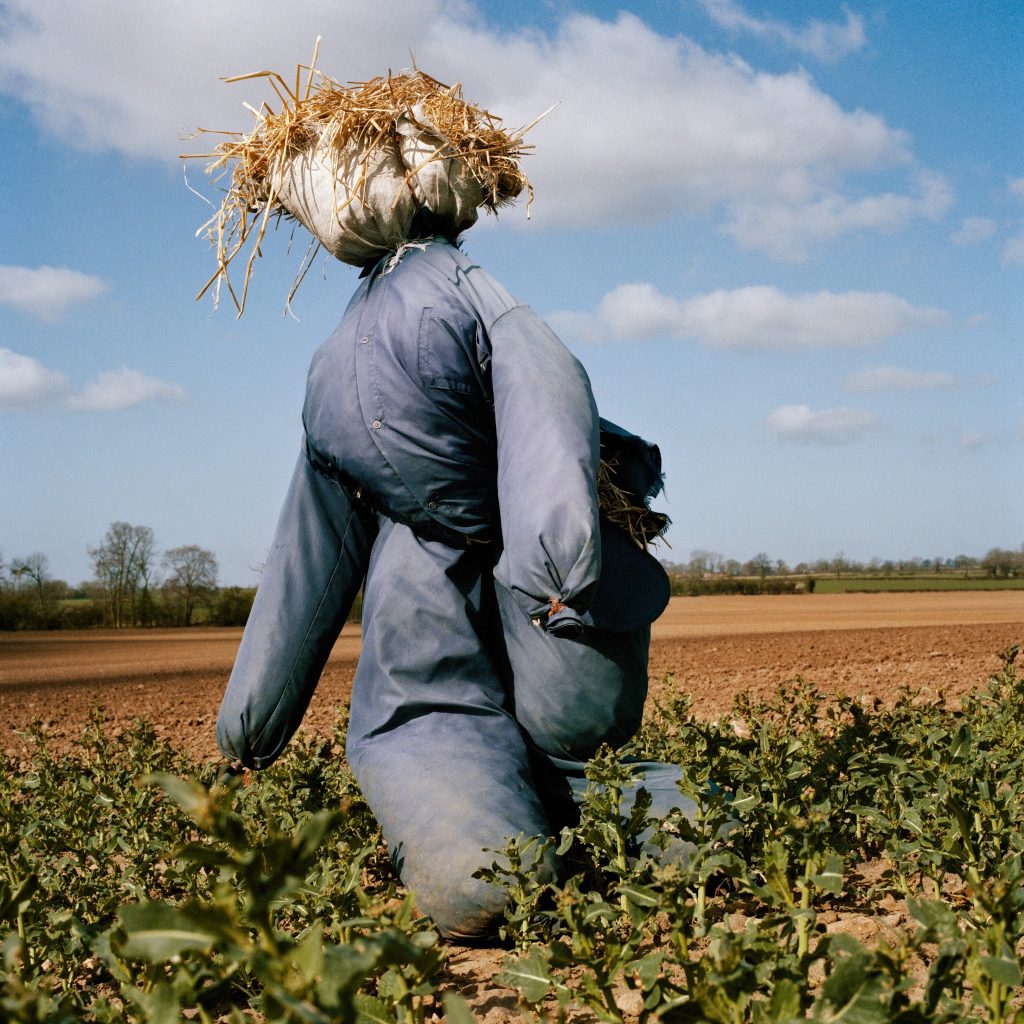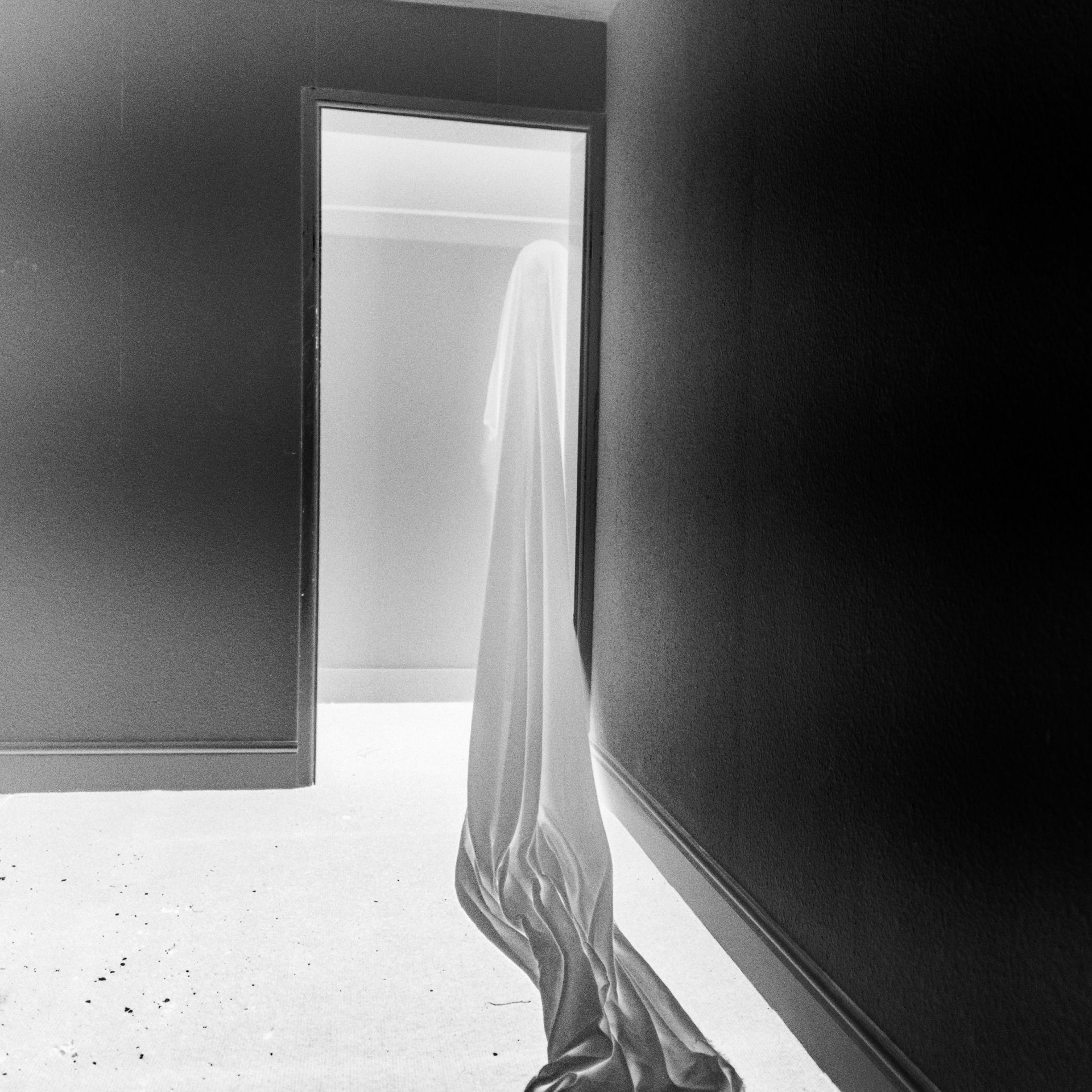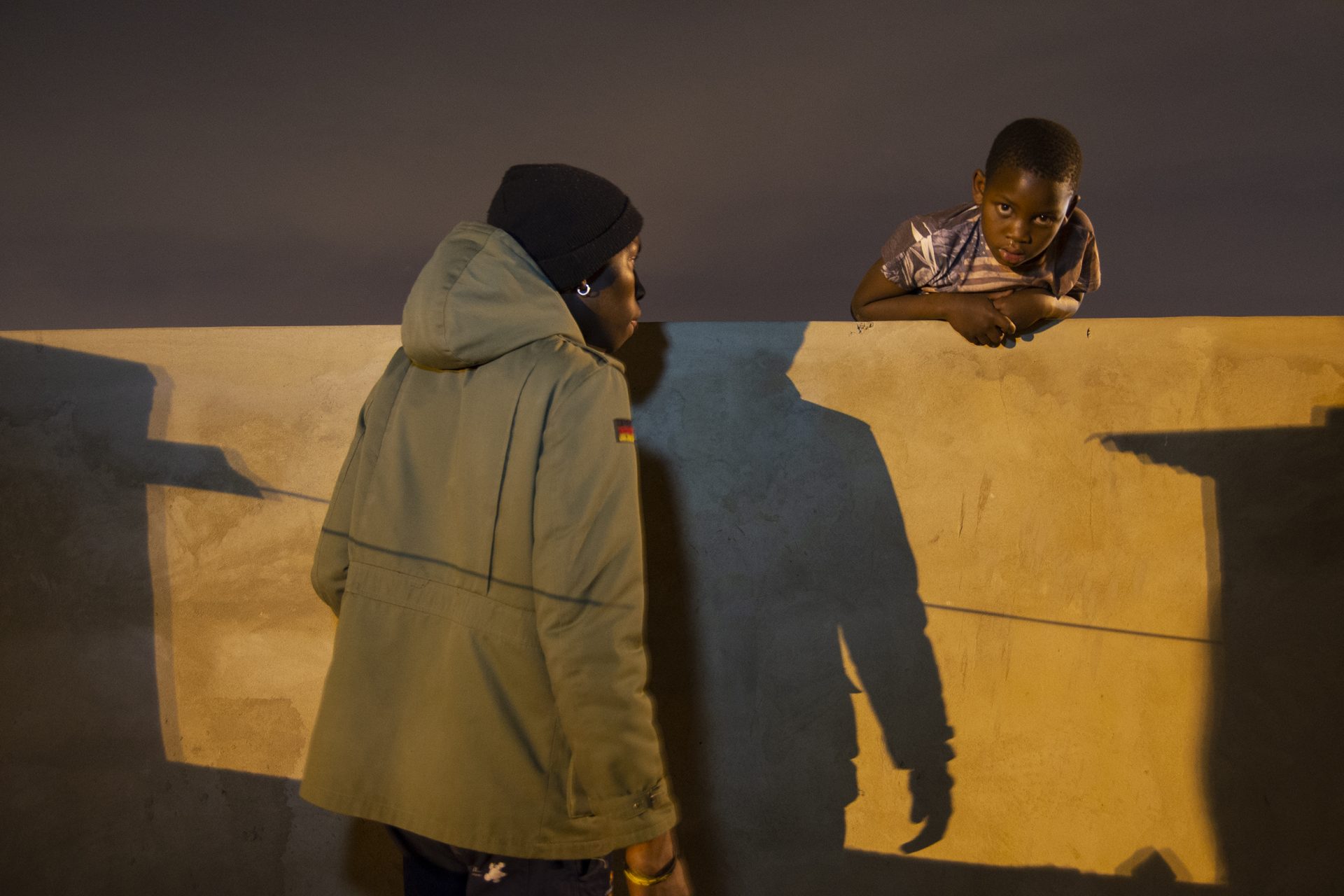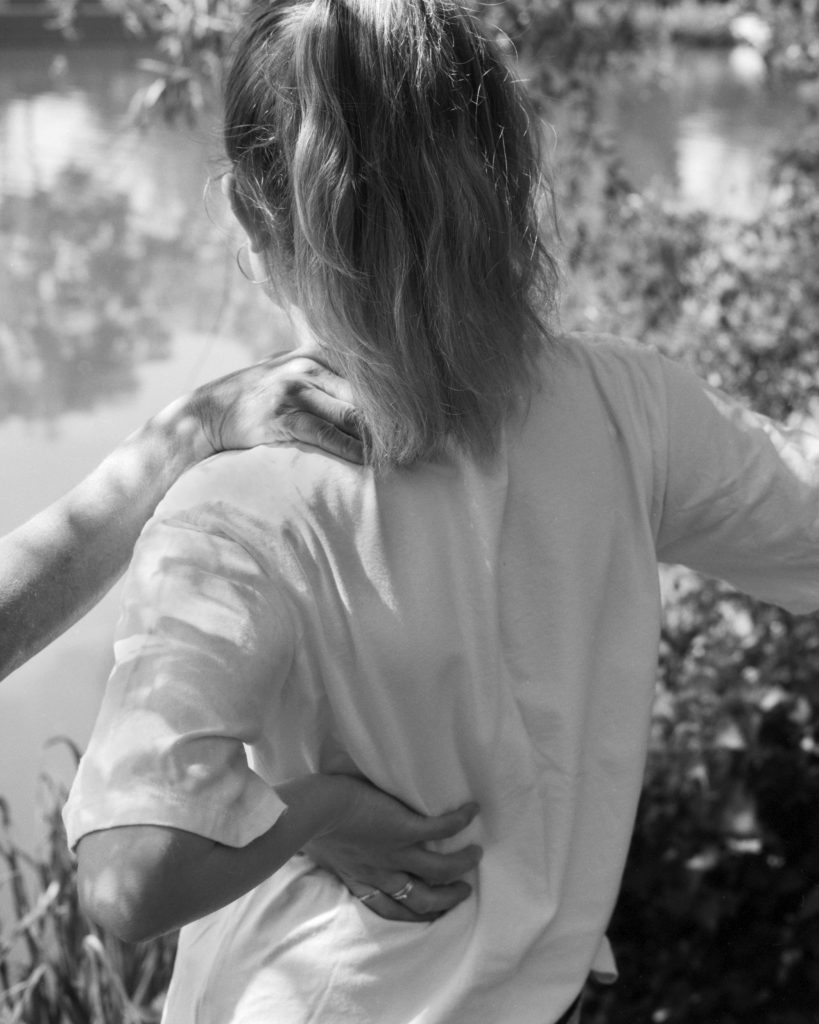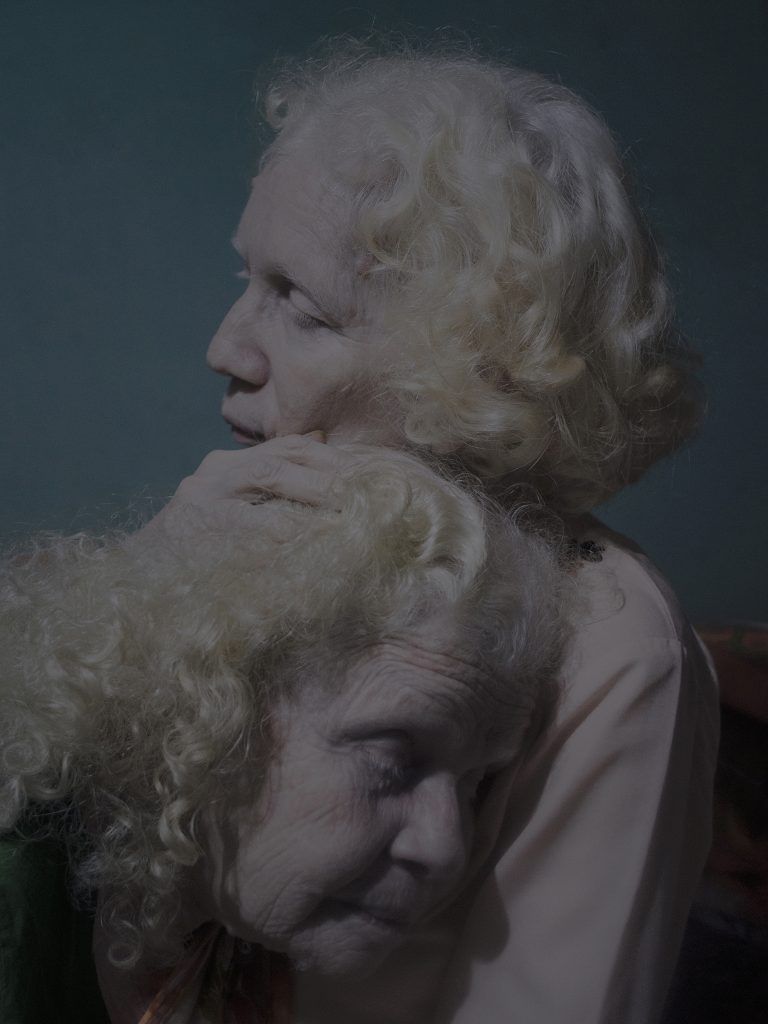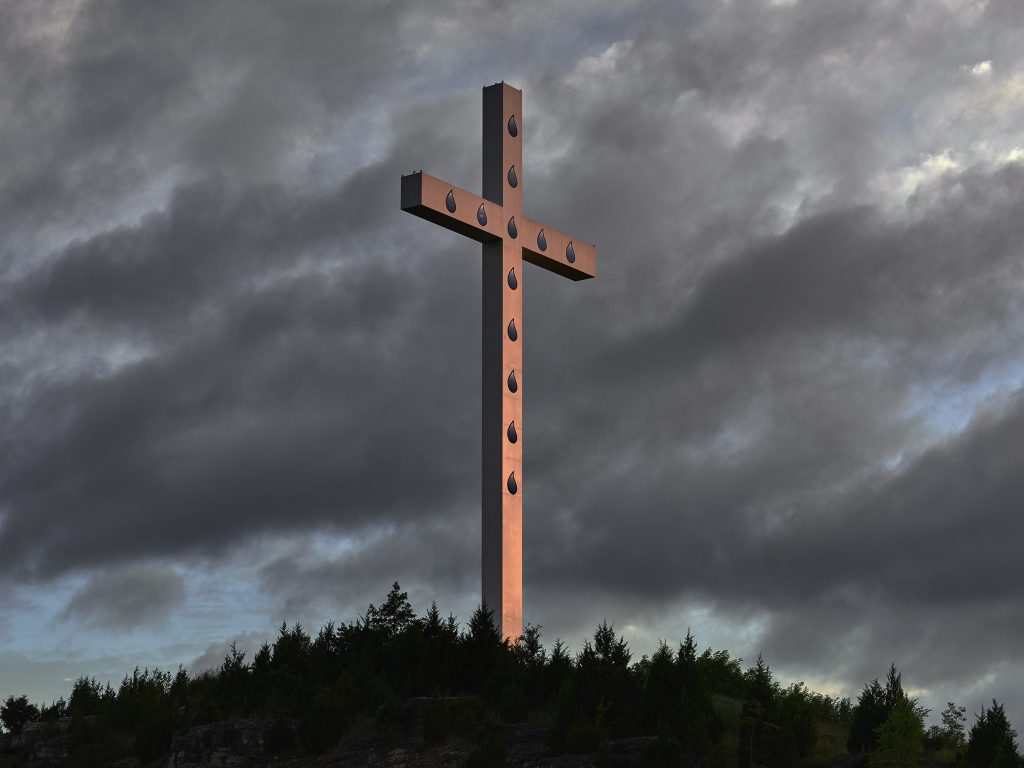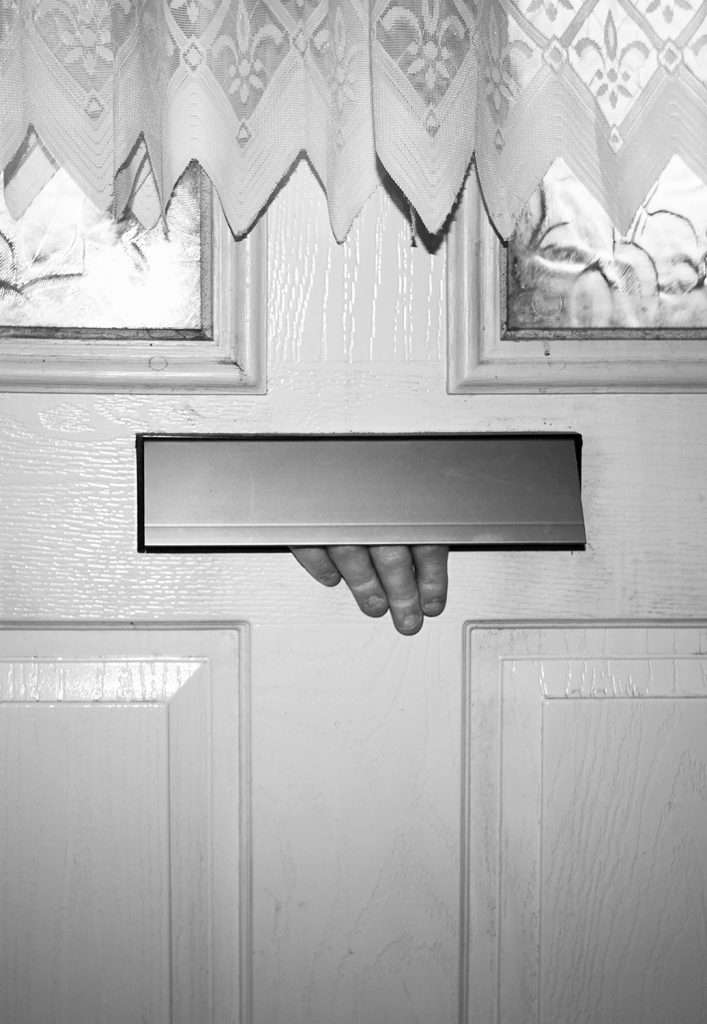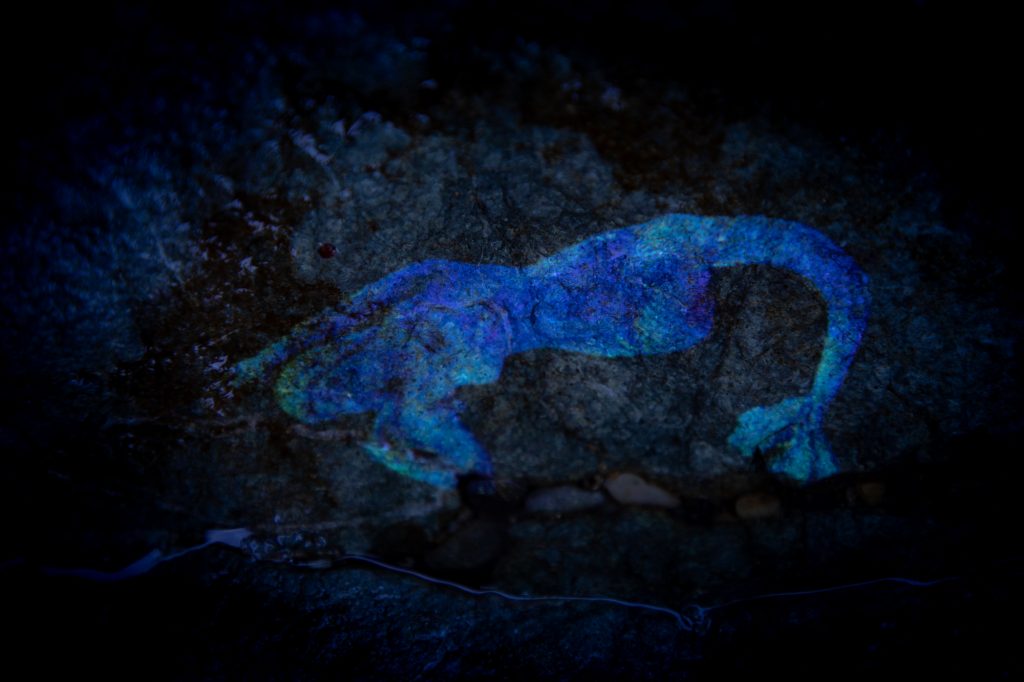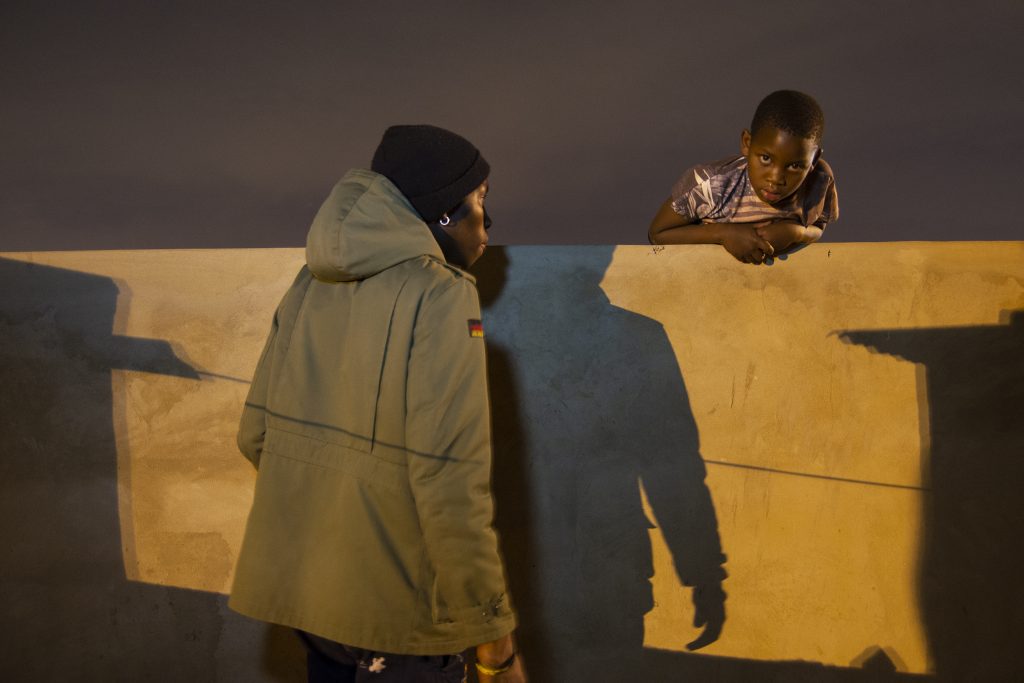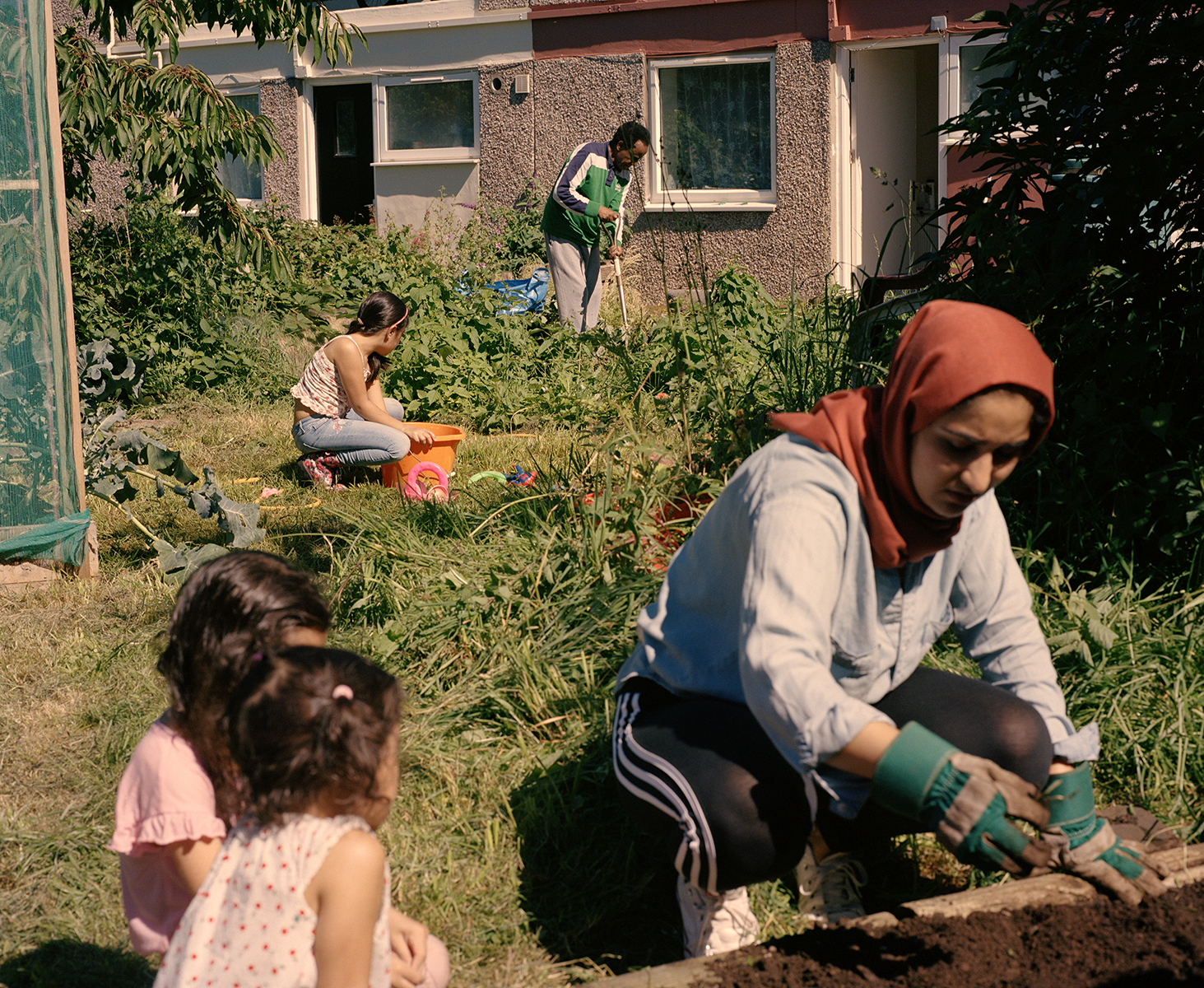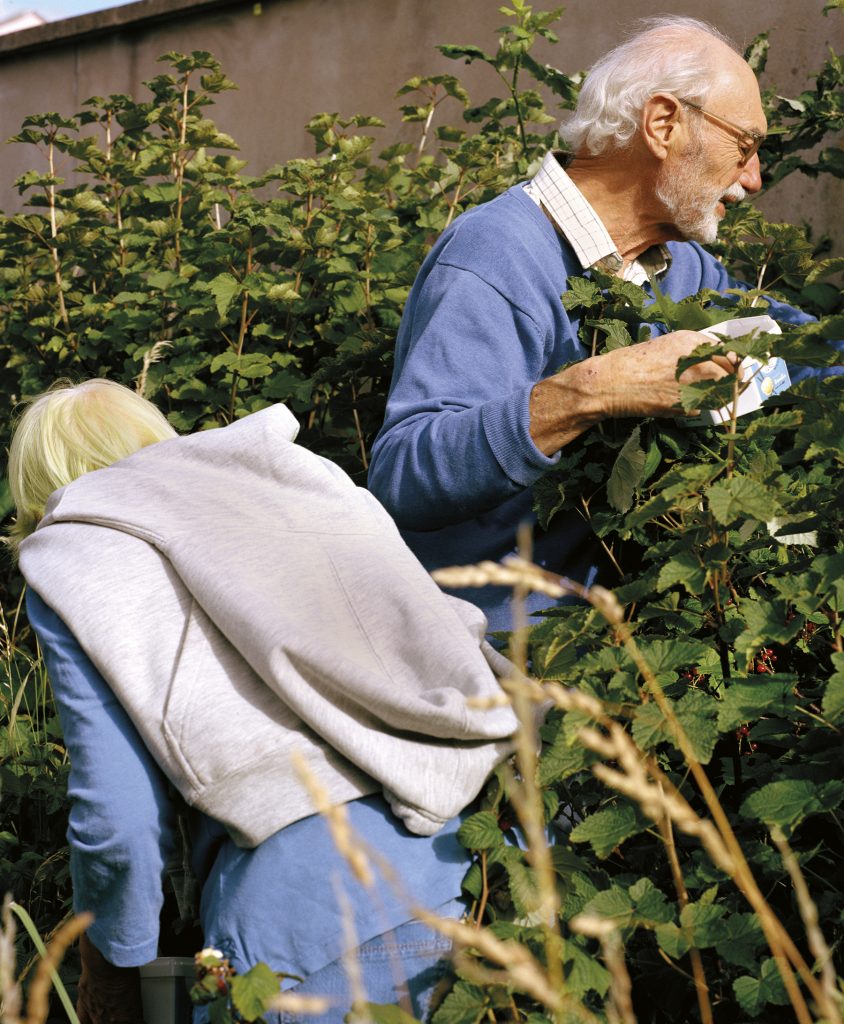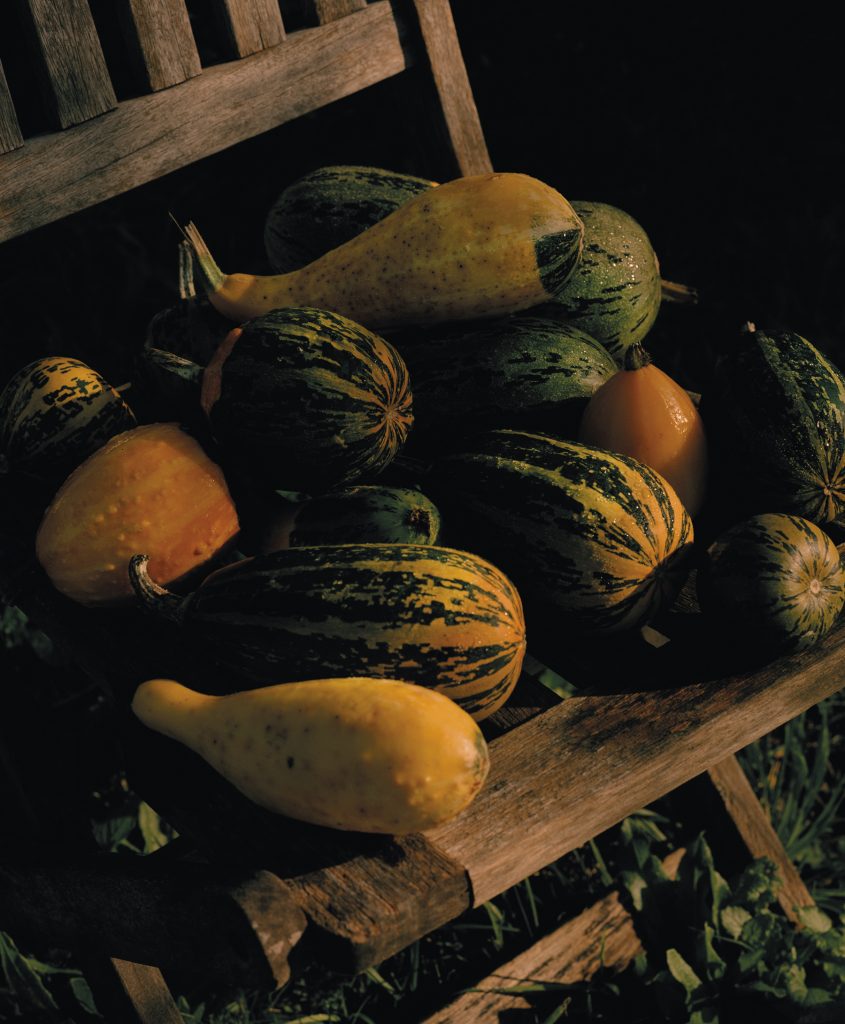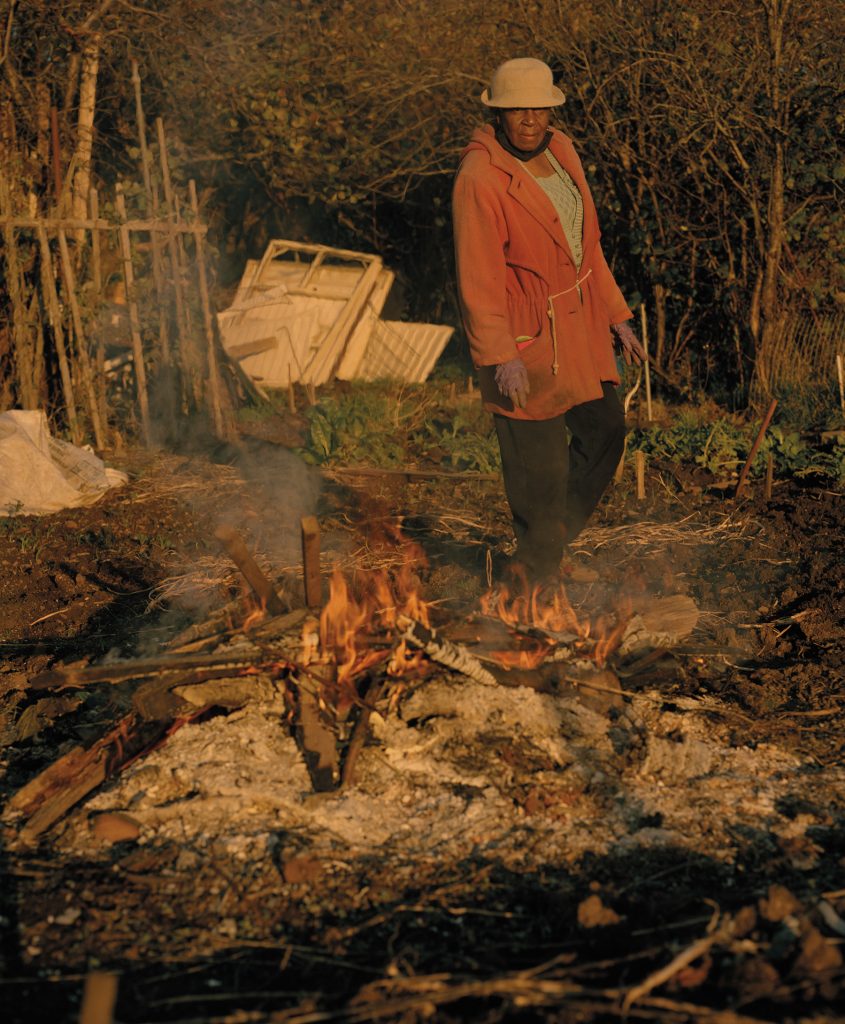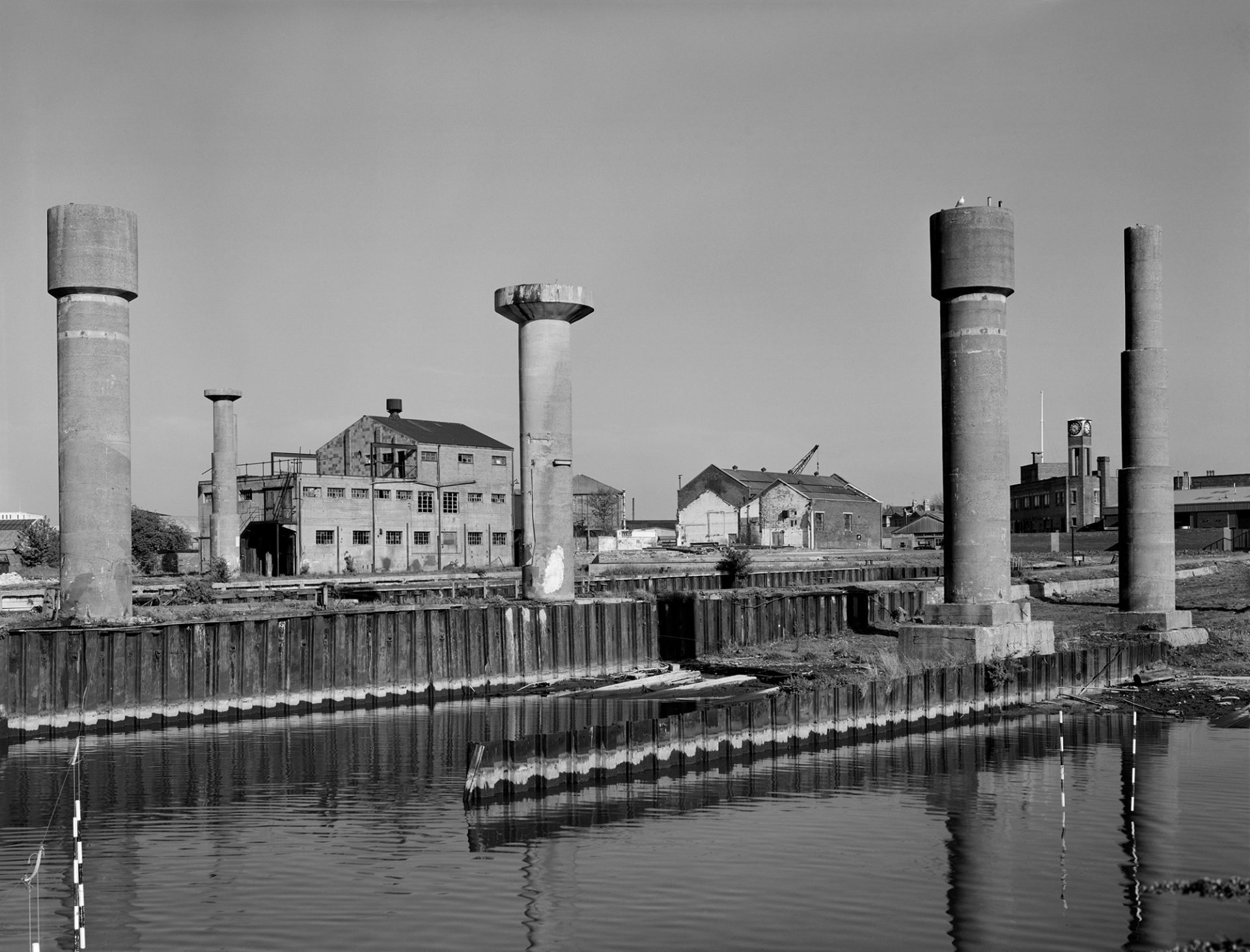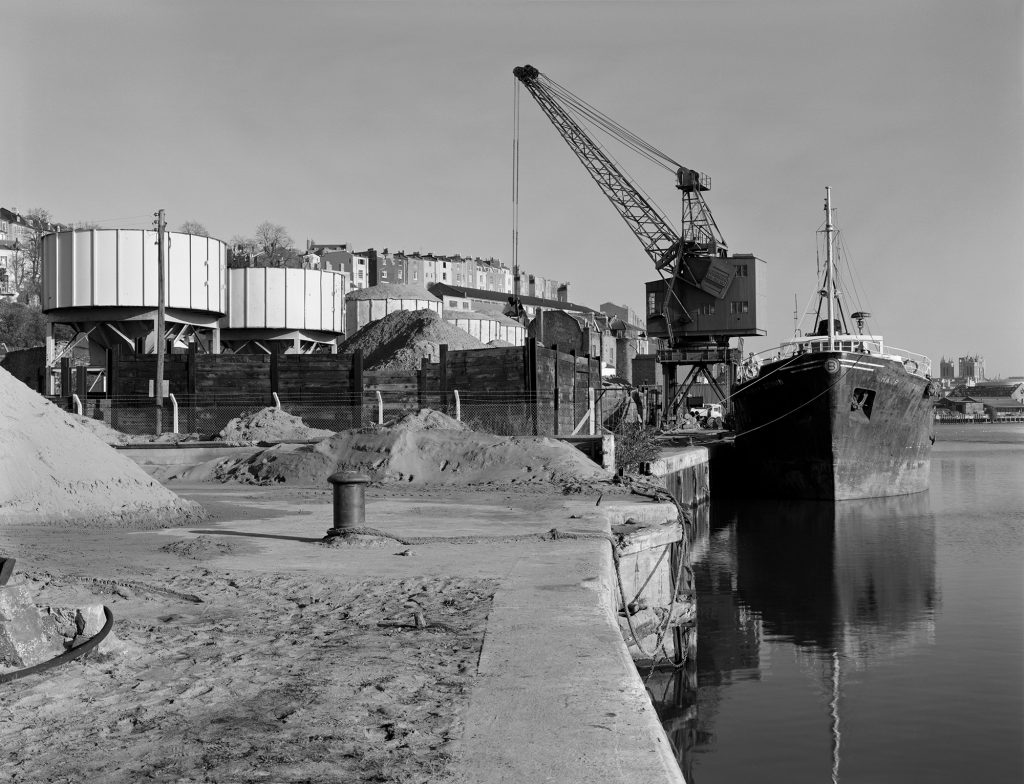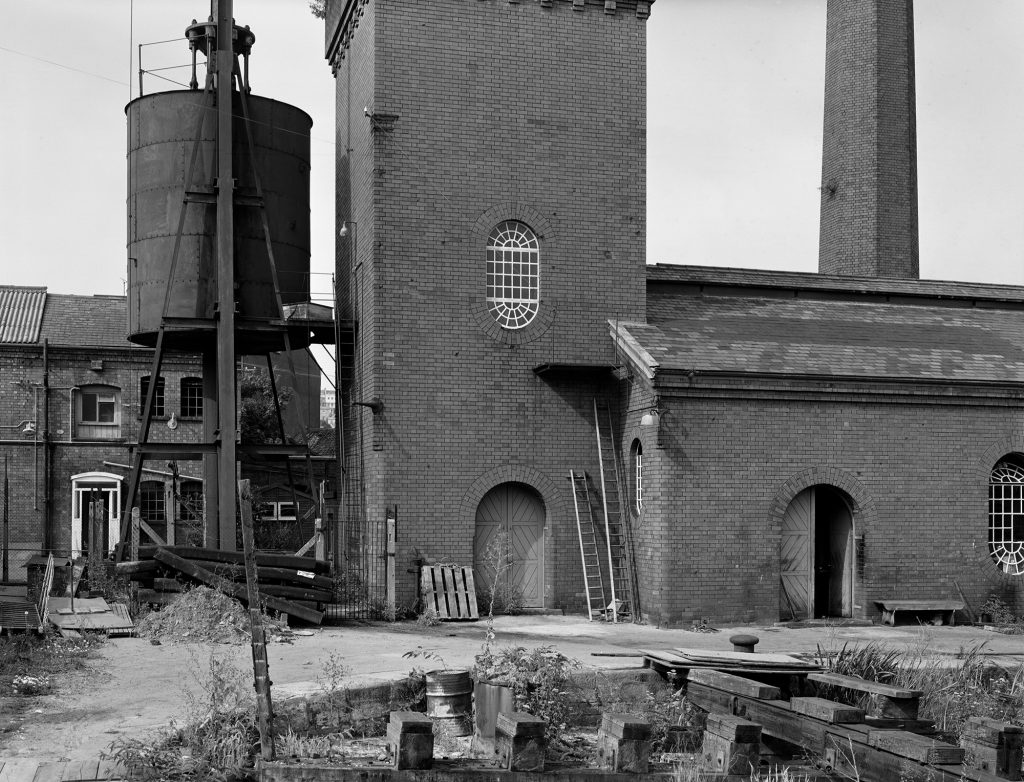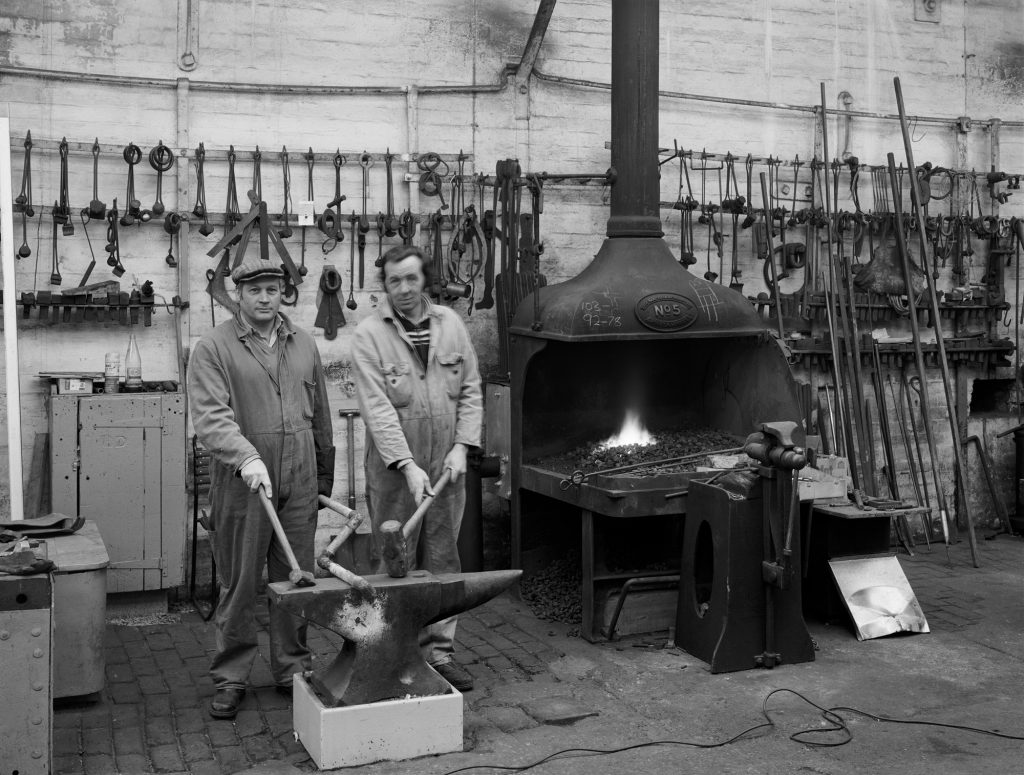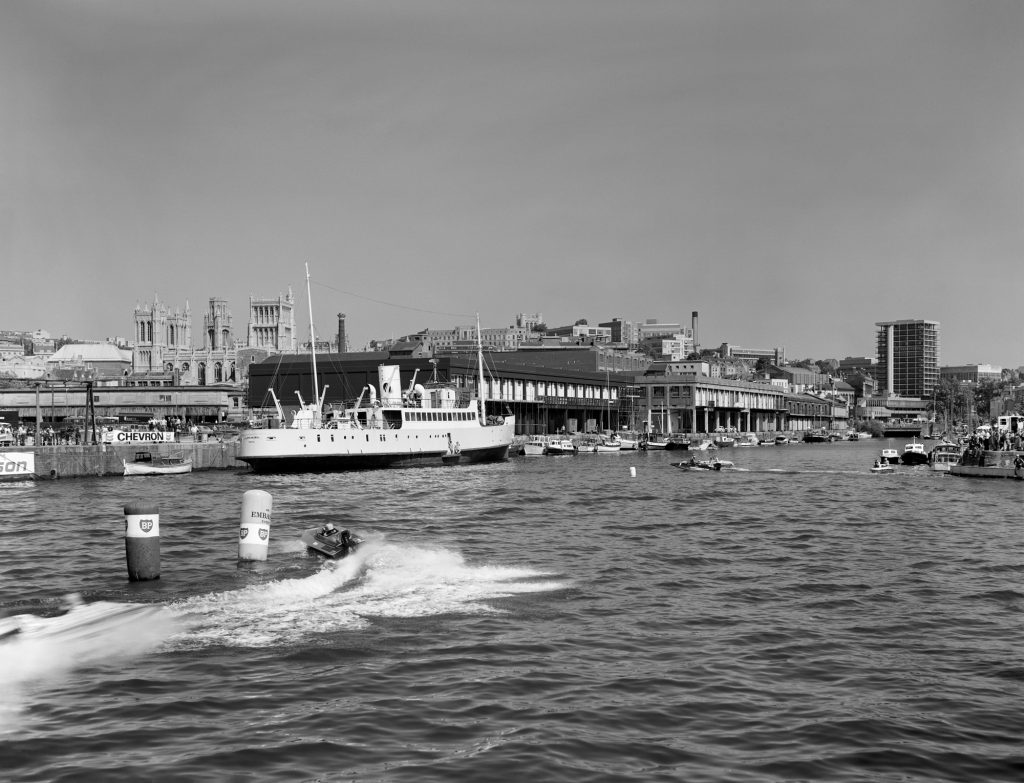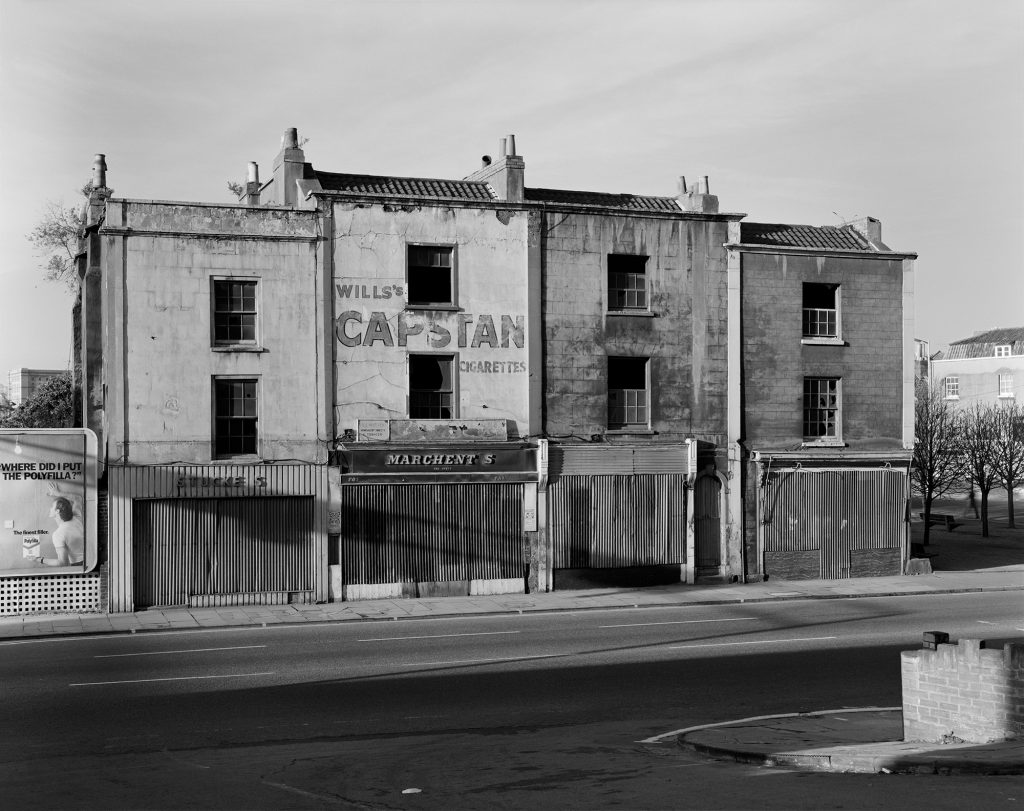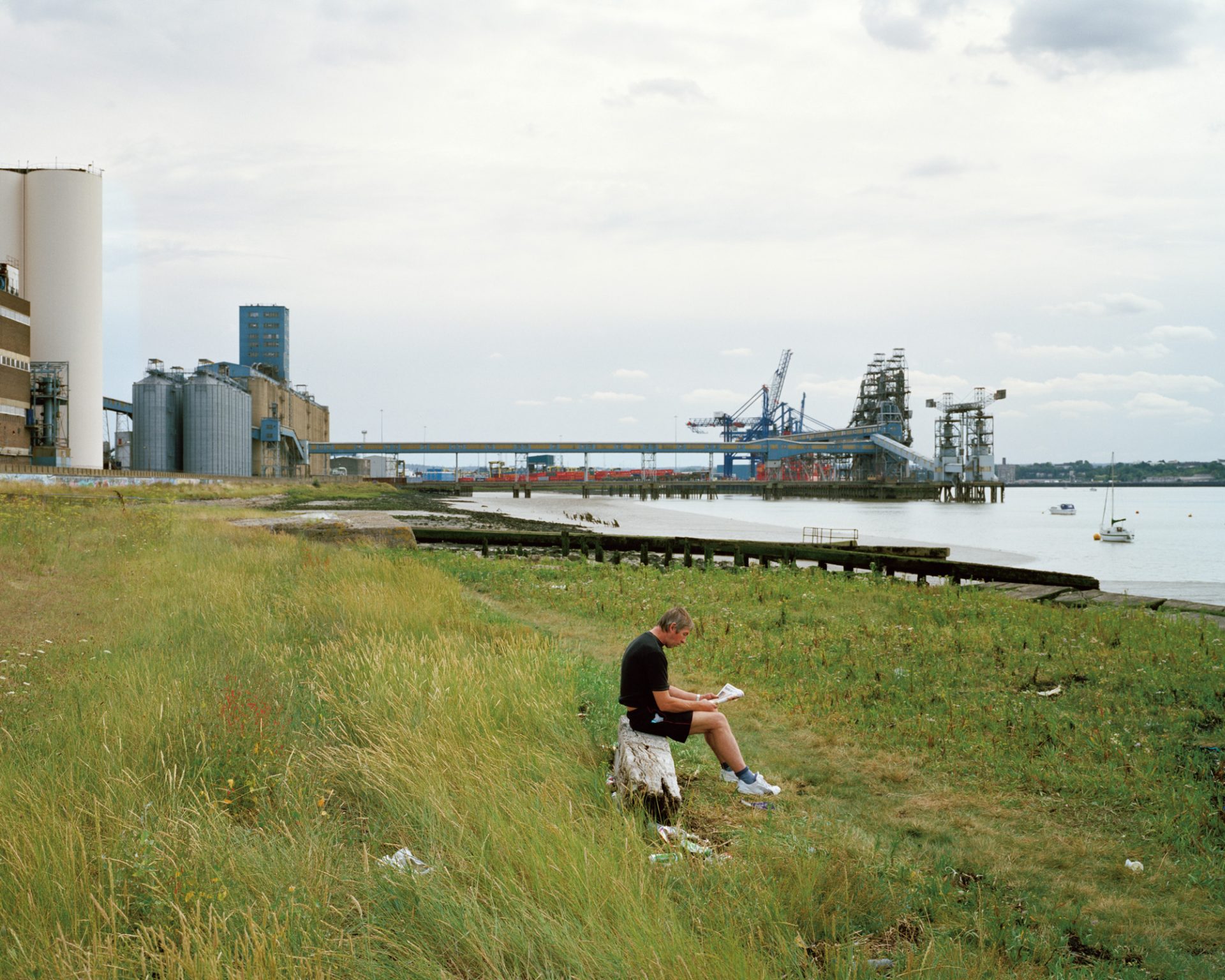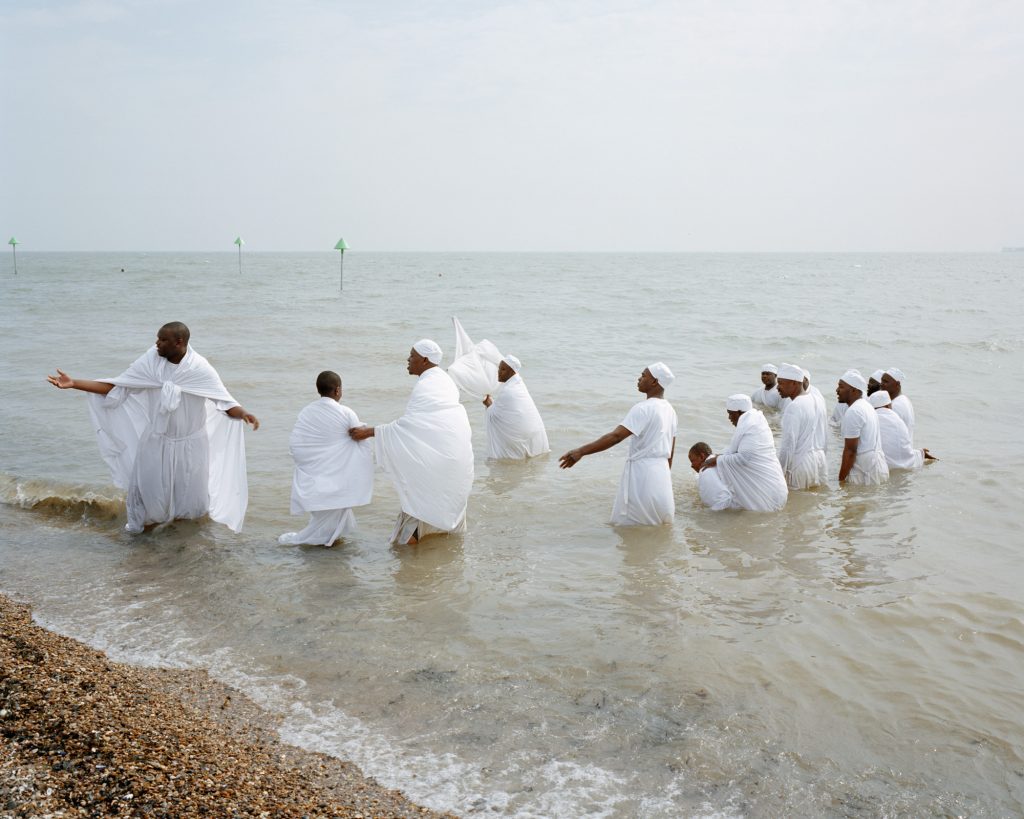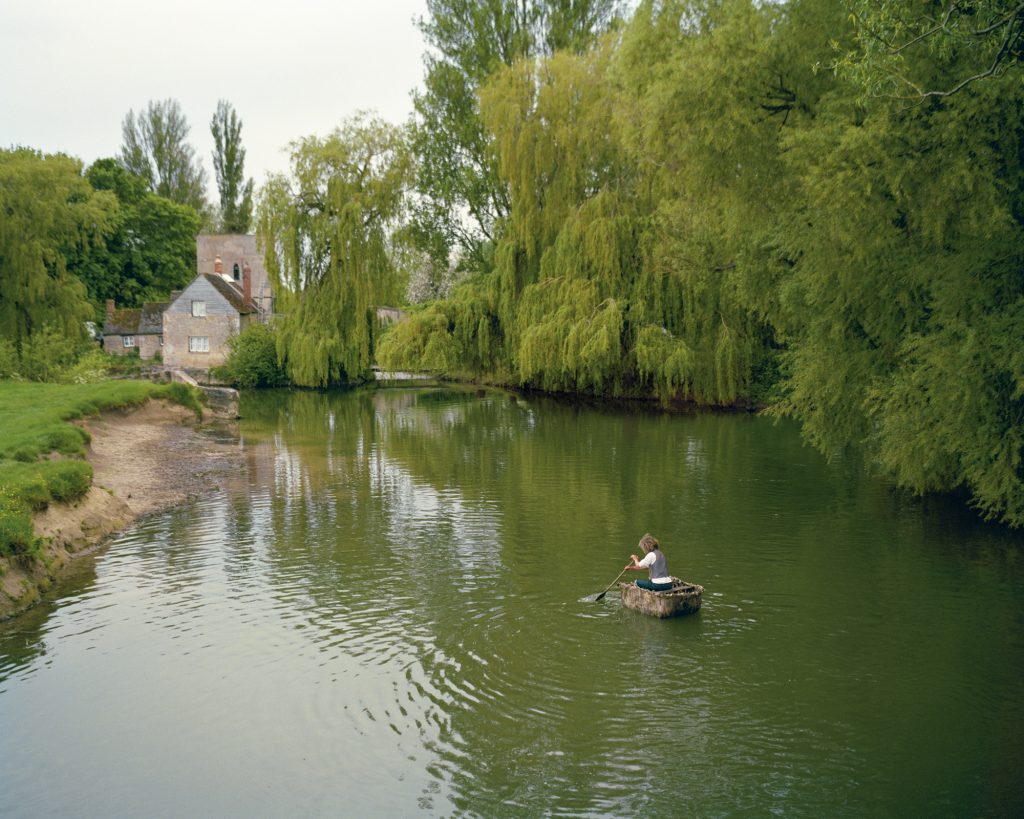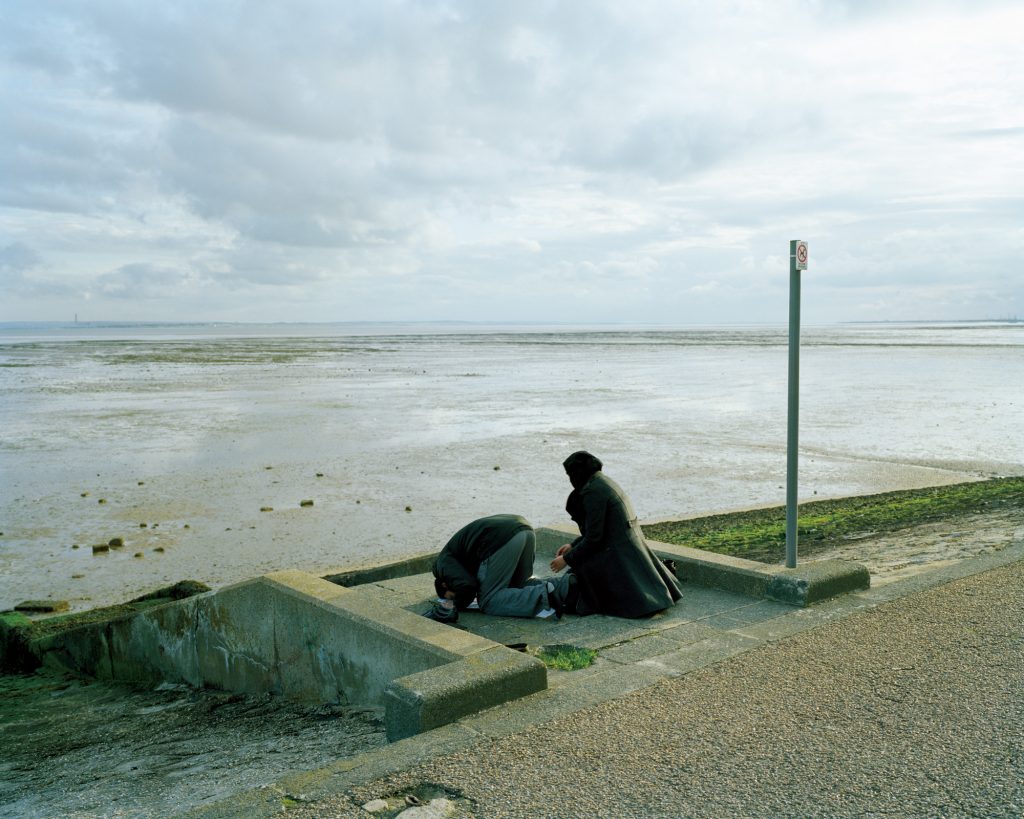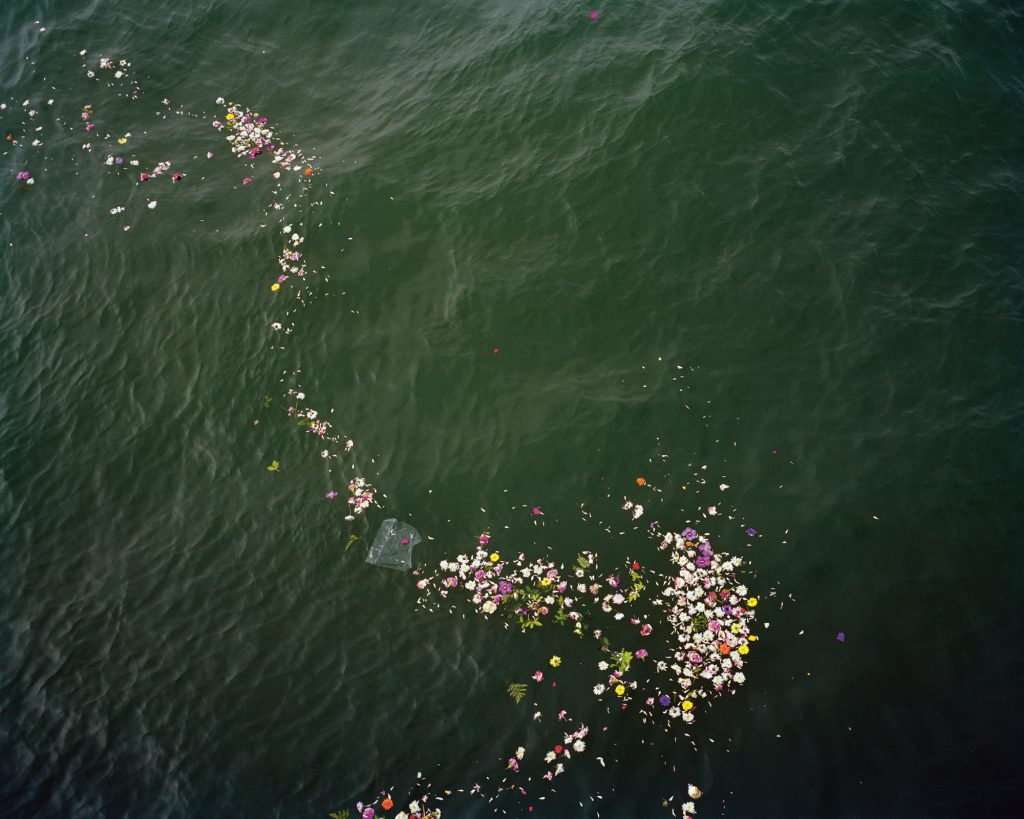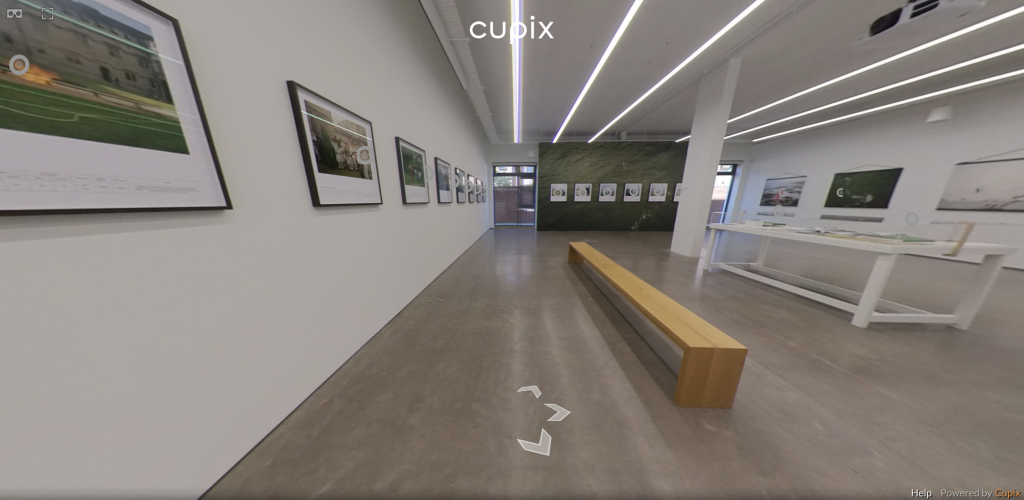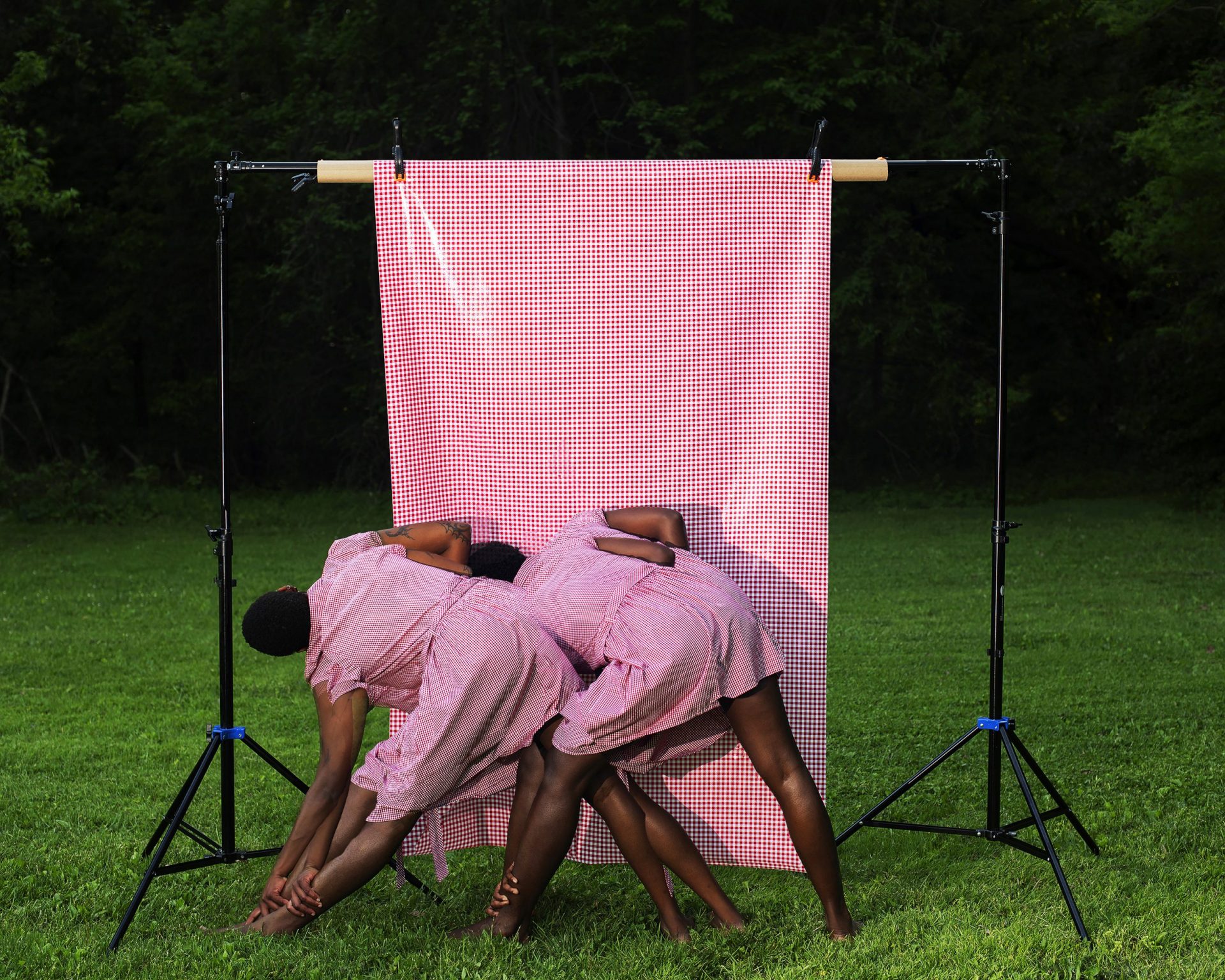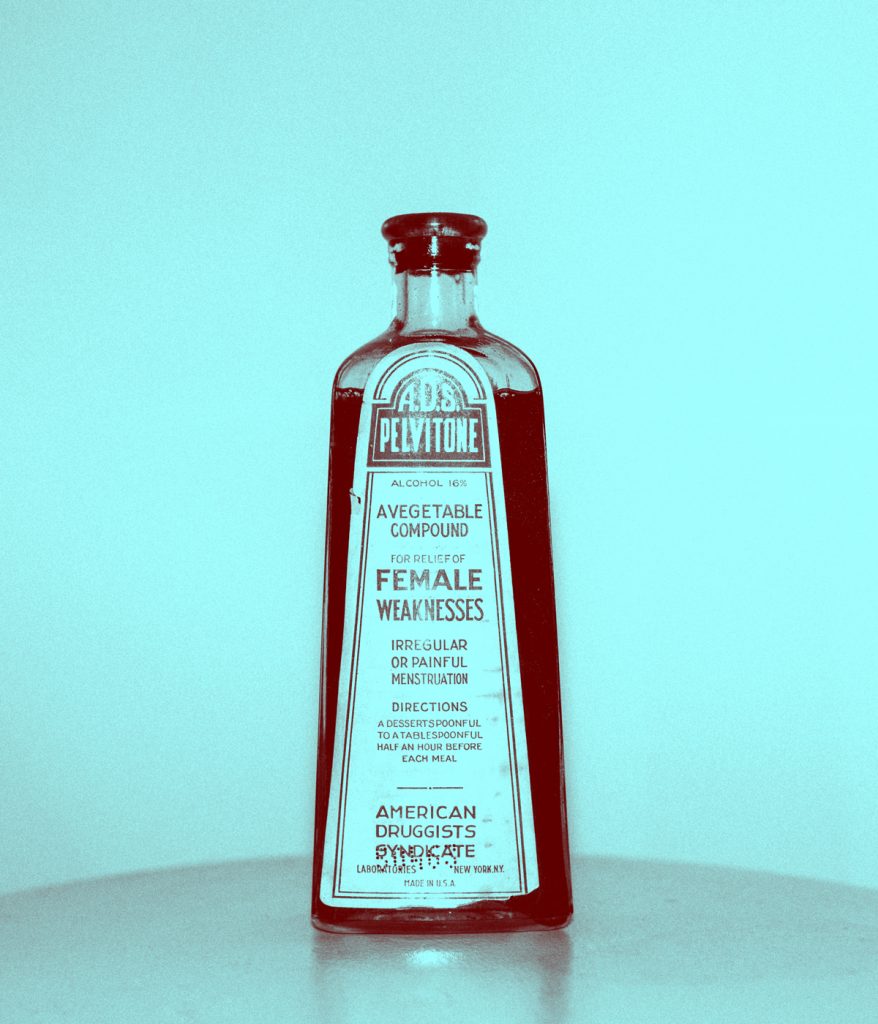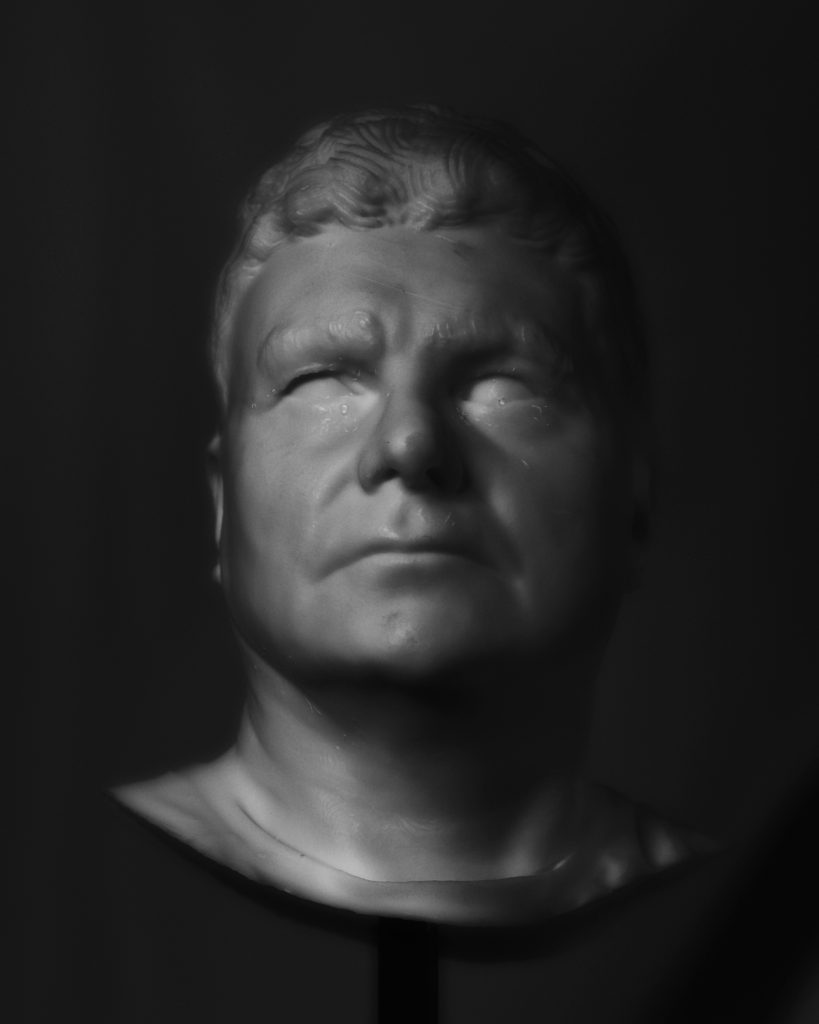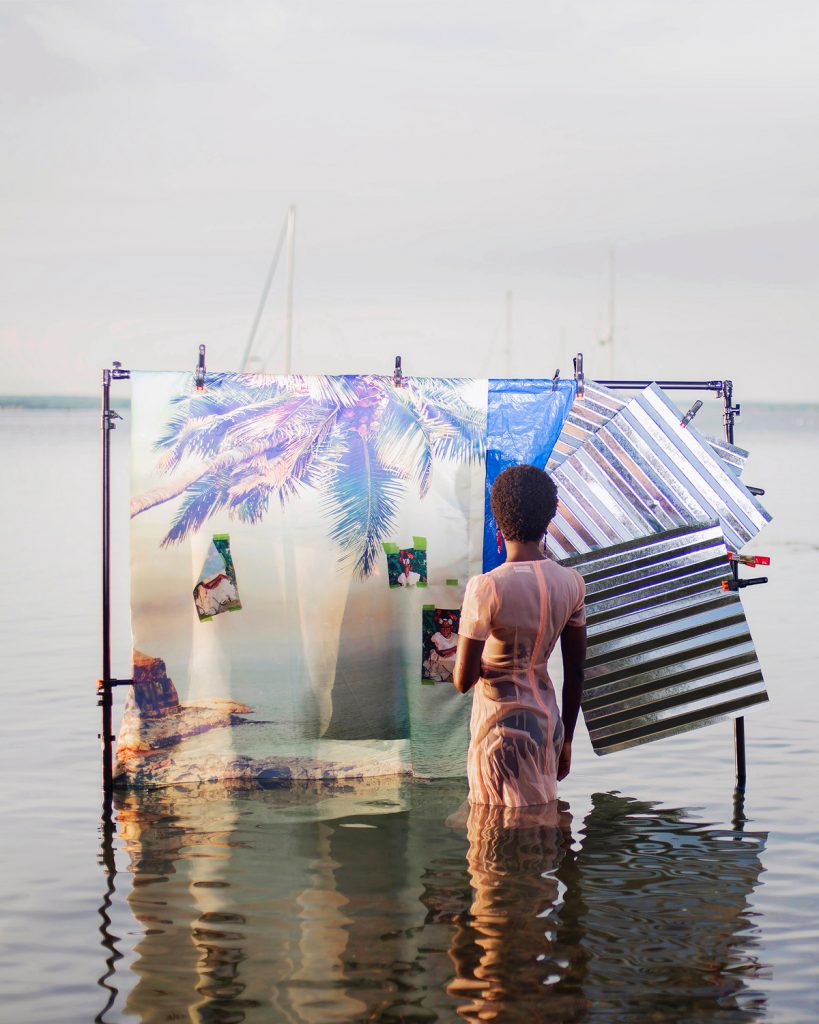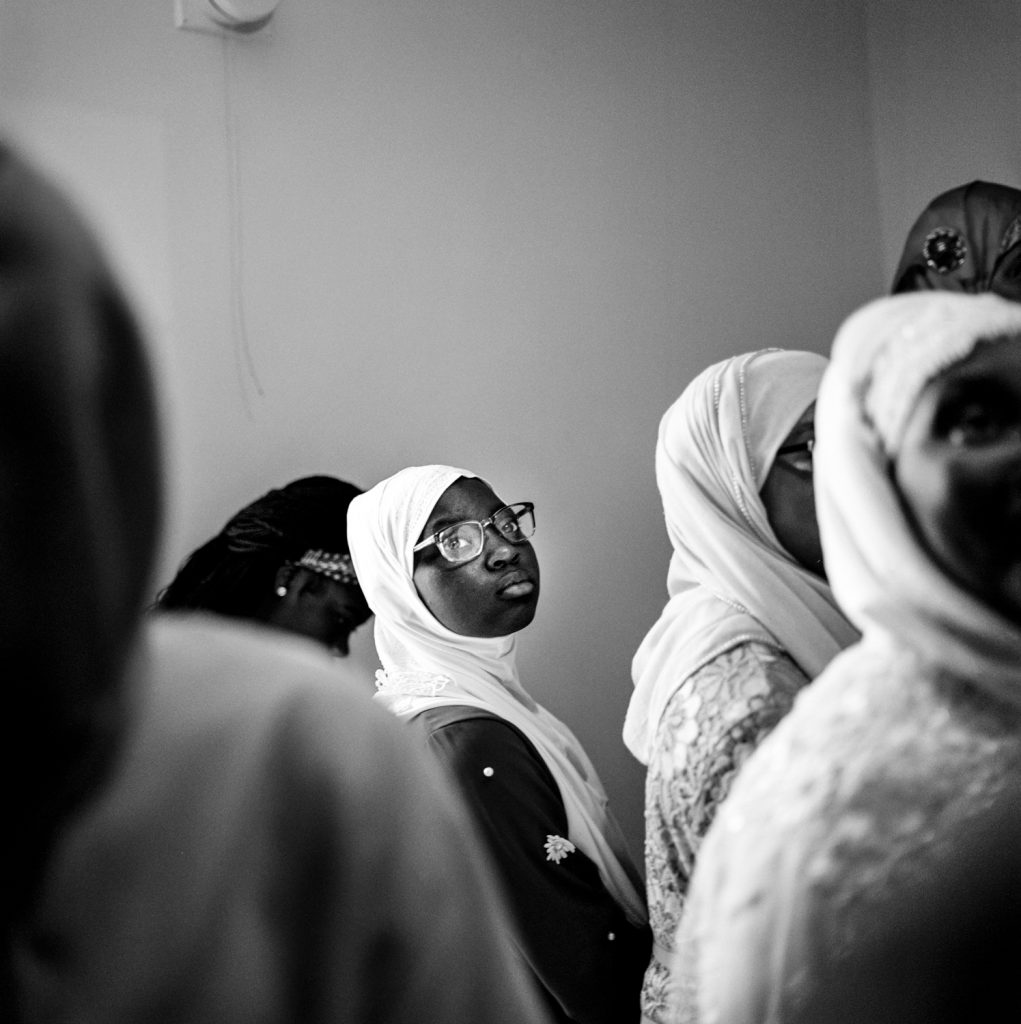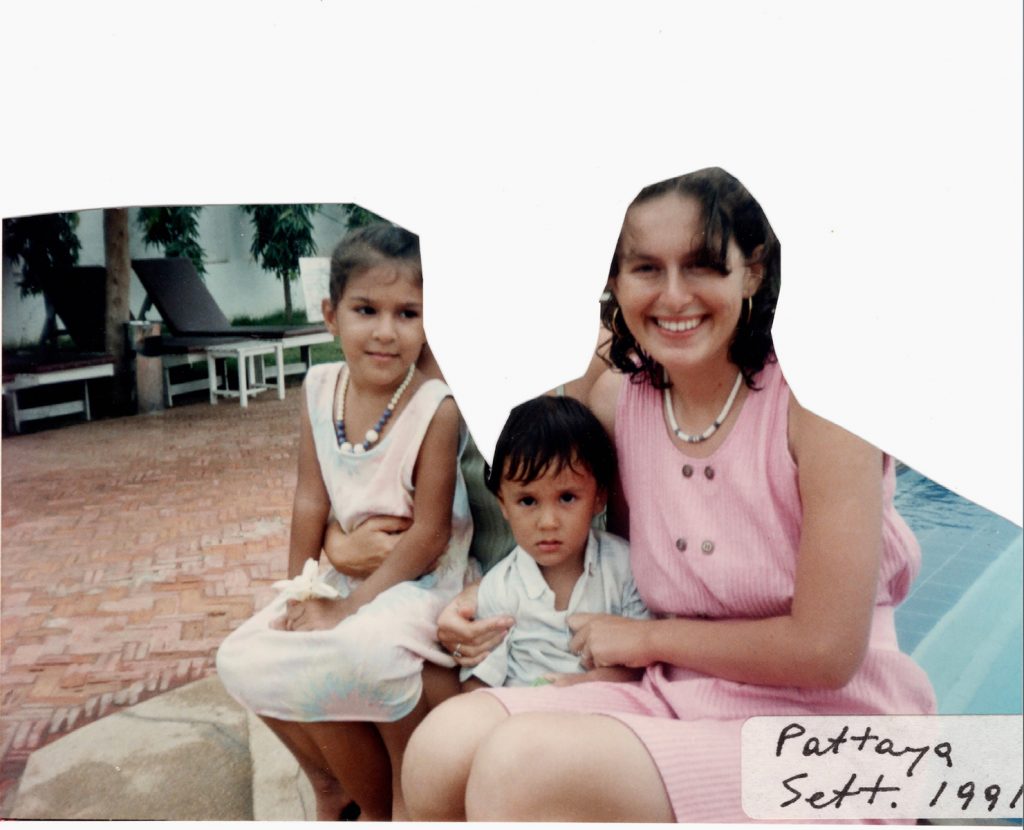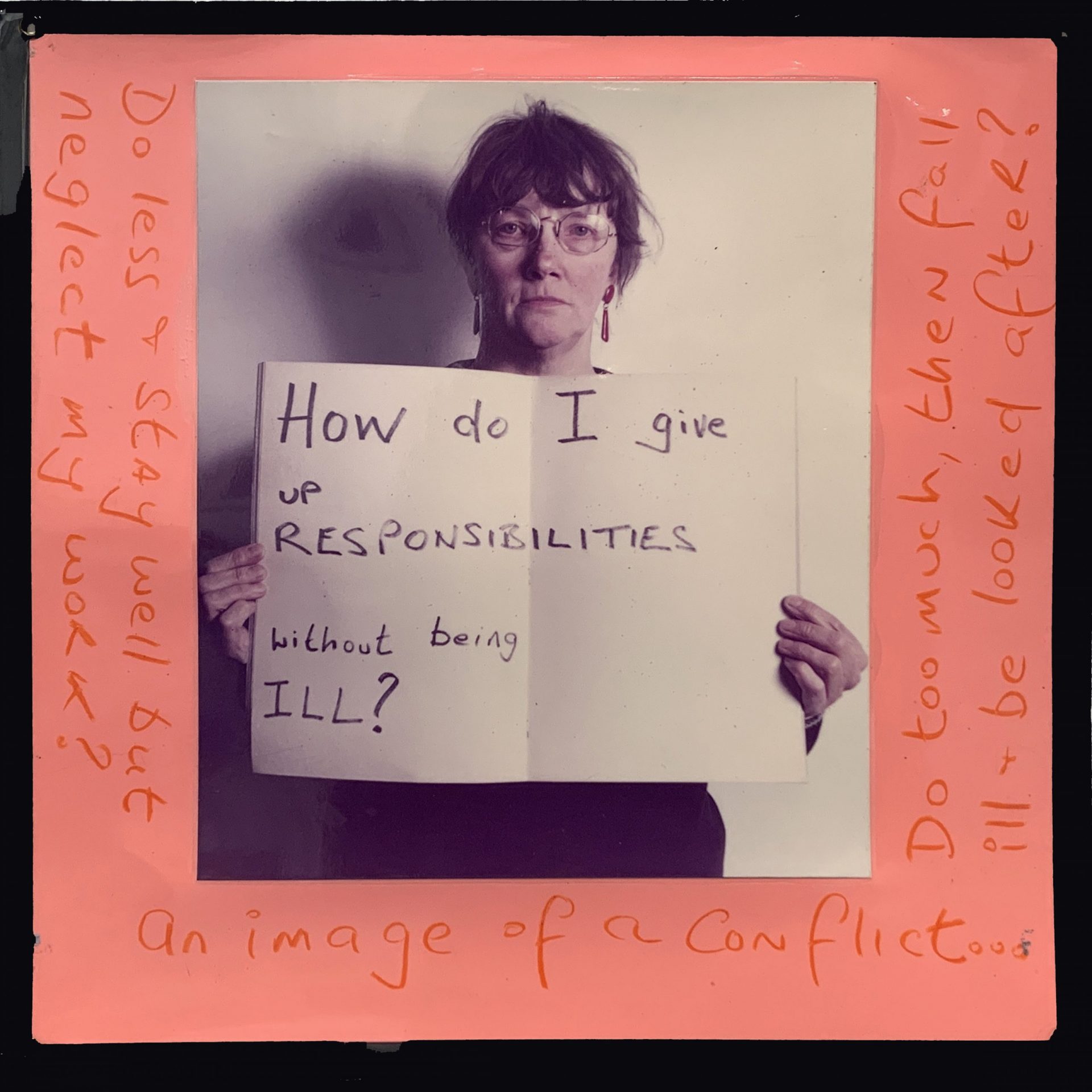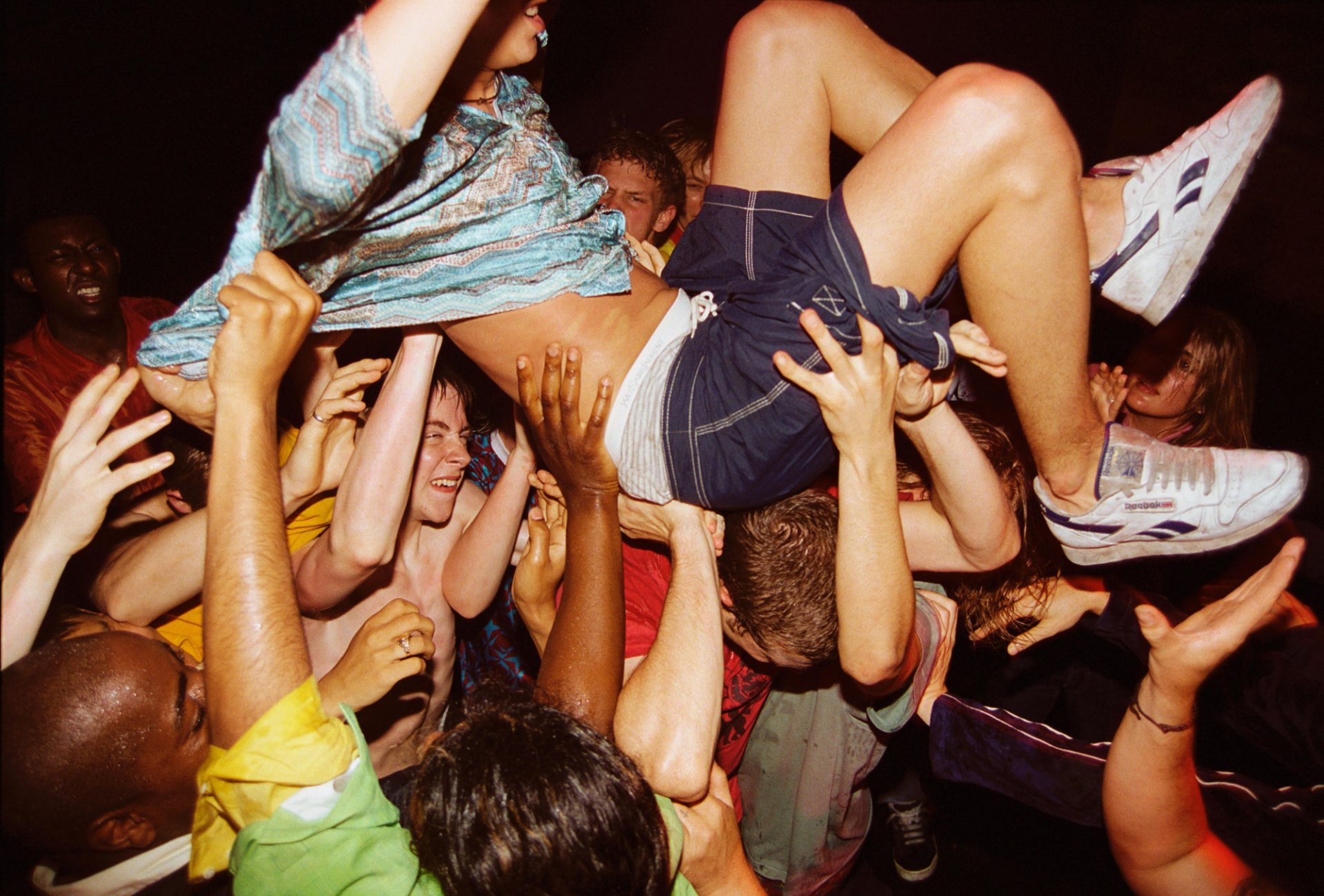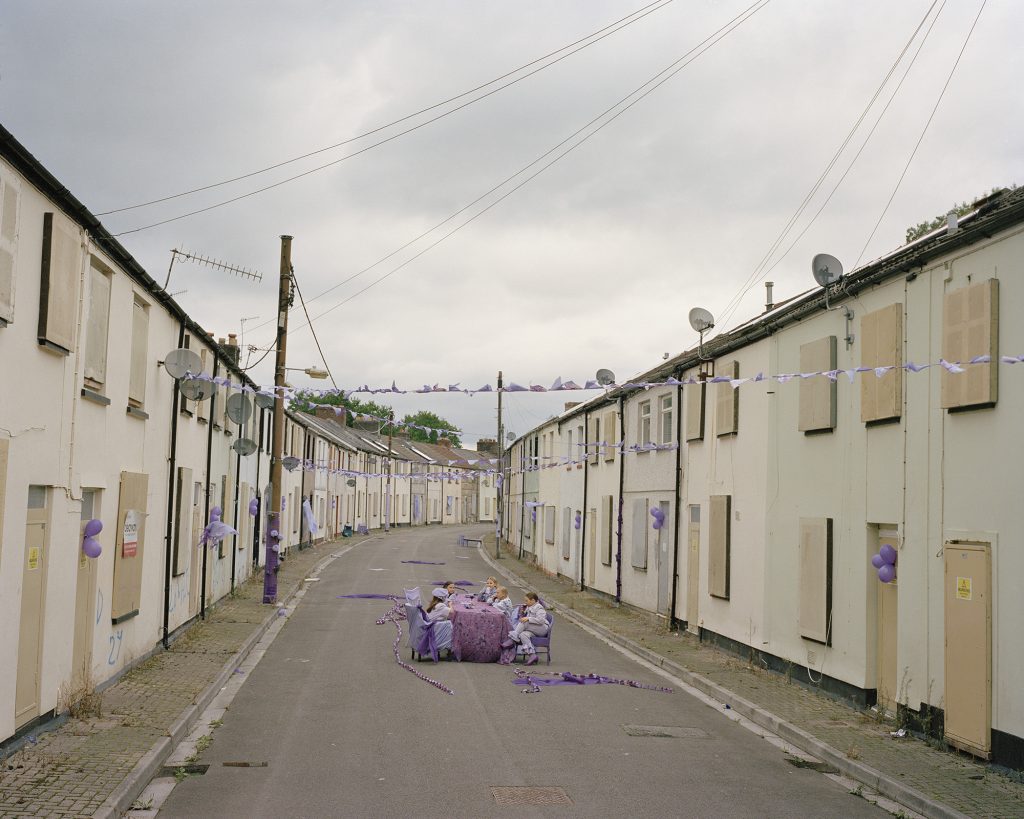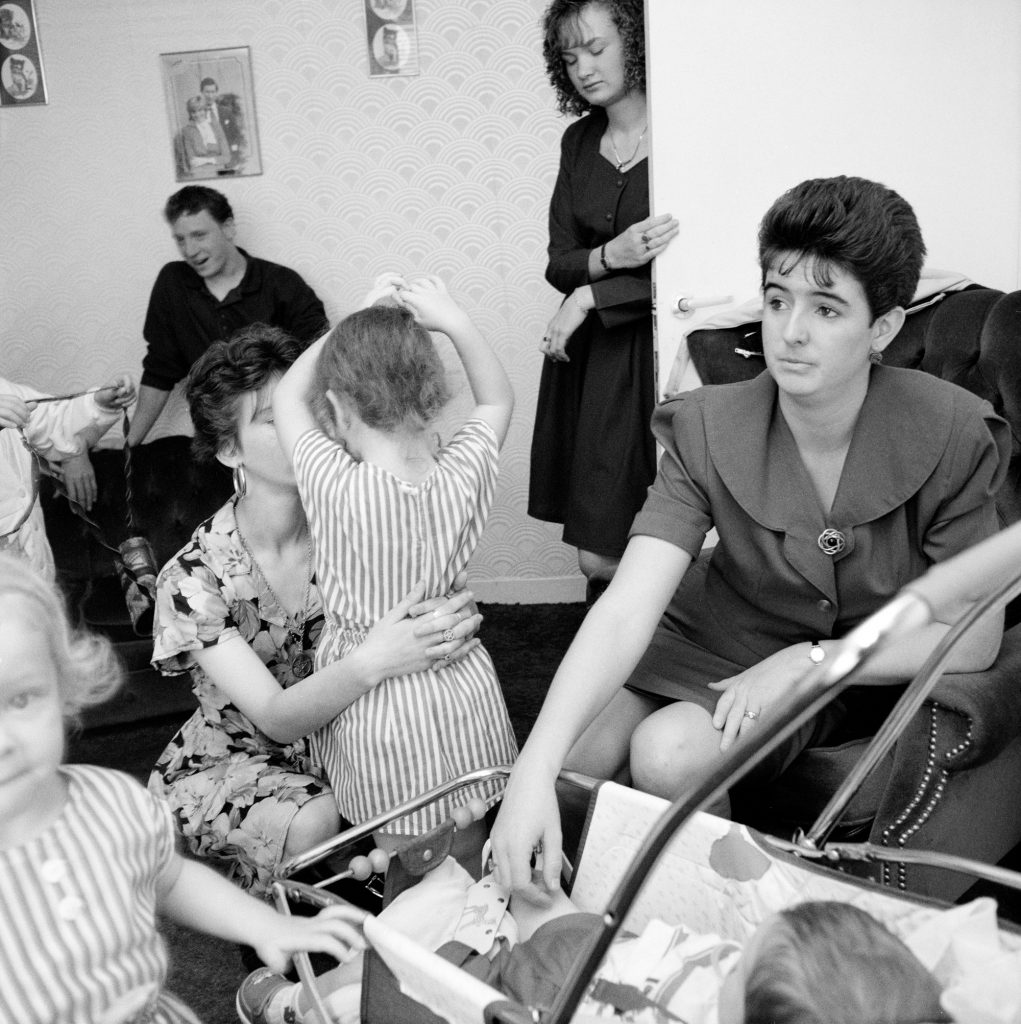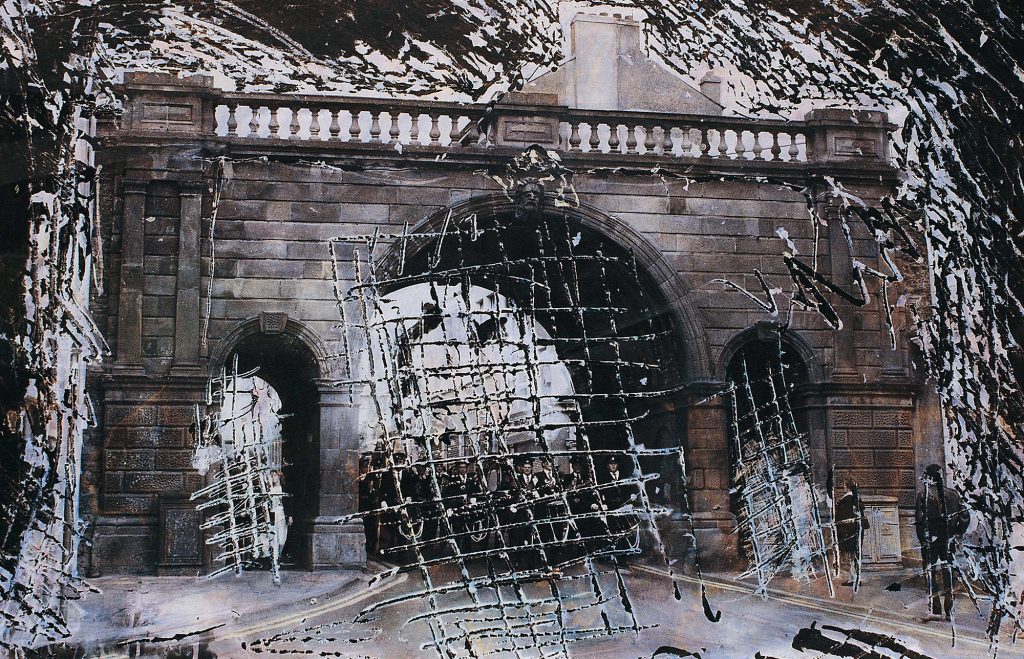17 June 2021 7PM | ONLINE (ZOOM) | FREE
What is visual poetry and photo-poetry? Is it anything – or perhaps a wide continuum of forms, methods of collaboration and visual presentation which have in common experimenting with ways to combine the textual and visual (and in this program, photographic) components? The work produced can be as much about the content of the text and images as it is about the nature of the letters, words, design, materials, processes, and images. The result could take the form of book, collage, poster, installation or a whole range of other approaches to fusing word and image. When successful, in whatever form, the combination of text and image is much more than illustrative and elicits a dialog and questions in the reading of the work. The presentation of such material could be in book form, displayed as an object or on the wall, or performed in combinations of reading, sound, visuals, etc.

As part of the Bristol Photo Festival, the photo-visual-poetics activities (organized by David Solo, Astra Papachristodoulou and Paul Hawkins) will be exploring and presenting a range of photo-poetic works. The programs will include mapping out the range of combinations (and sometimes going outside the lines), exhibiting a selection of current examples, and presenting mixed media presentations of the work. We’re also hosting conversations about the nature of such collaborations, how such material may be “read” and looking at ways to assess or evaluate it.
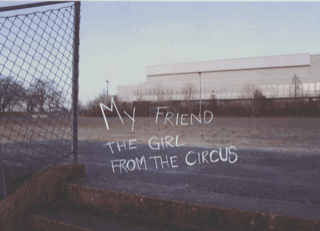
Pairing or fusing poems and photos goes back almost to the beginning of photography with many approaches, starting with simple illustration (largely replacing engraved illustrations or including photos of drawings) and progressing as print technology and artistic trends evolved. In the 20th and 21st centuries exploration of this form has been a constant part of many avant-gardes and experimentation and has been embraced by social, political and conceptual movements. The fusing of poem and photo evolved to embrace many forms of combining the two into visual poems. With today’s technology and increasing proliferation of, and ability to modify and synthesize, images these opportunities are greater than ever.

For the 2021 edition of the festival, we’ve chosen a range of work made in the last few years by both emerging and established artists that highlights the breadth of ideas being expressed through verse and photo. The work (ranging from books pairing photos and poems by Amak Mahmoodian, Tom Hicks/Liz Berry, and Sarah Cave/Dragana Jurisic to combinations of text and image in single works by SJ Fowler / Bård Torgersen, Vik Shirley and Silje Ree to objects and experimental work by Astra Papachristodoulou and James Knight) will be presented in an online exhibition and in a physical and online catalog with a subset of the artists talking about and performing their work in events during the festival.
The program will be conducted in 2 parts:
Part 1 – Panel conversation
David Solo
Chris McCabe
Federica Chiocchetti
Jon Nicholls
30-40 minutes discussion (and some slides) that will discuss the history/genre of photo-poetry including visual poetry. This will further explore the spectrum of work from photo-poetry (paired text and image) to visual poetry to poem objects to poem films — both in physical and digital form (including IG). The group will discuss what makes such work successful (which may vary for different points on the spectrum), forms of collaboration and how the works may be read by audiences.
5 minute break
Part 2 – Artist presentation and conversation – 50 minutes
Tom Hicks/Liz Berry
Sarah Cave/Dragana Jurisic
Astra Papachristodoulou
Paul Hawkins
SJ Fowler
James Knight
Vik Shirley
Final conclusions and Q&A


